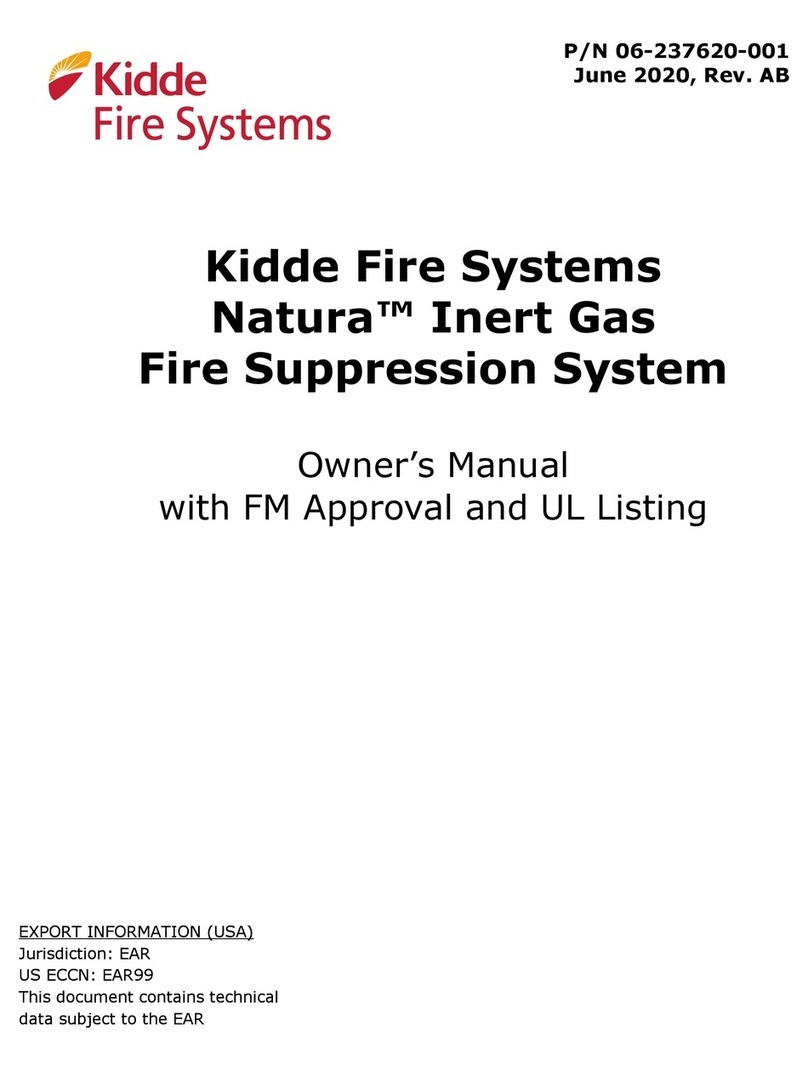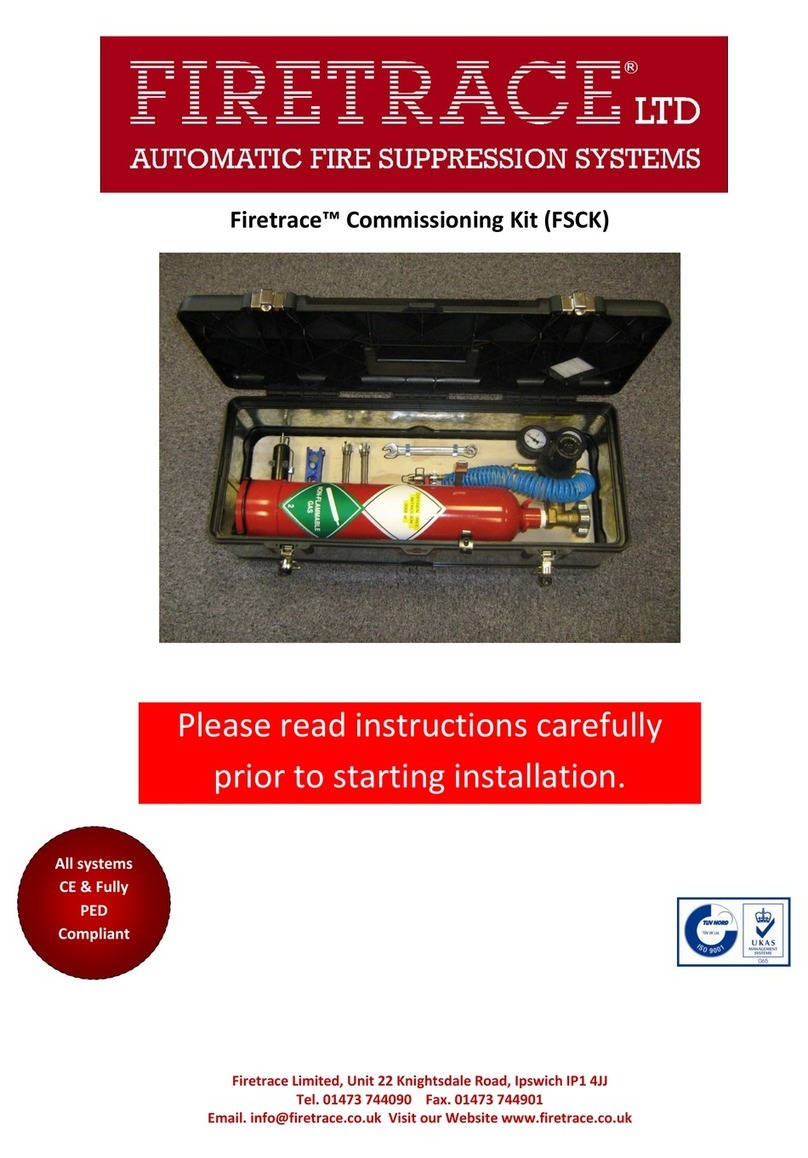DEVA GEPARD MAX Operation manual










Popular Firefighting Equipment manuals by other brands
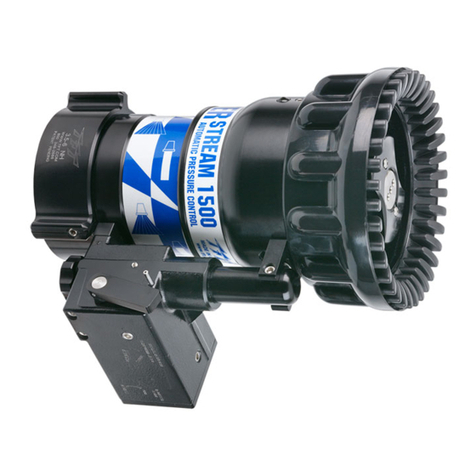
Task Force Tips
Task Force Tips Masterstream Series Instructions for installation, operation and maintenance

Siemens
Siemens FC361-ZZ Installation
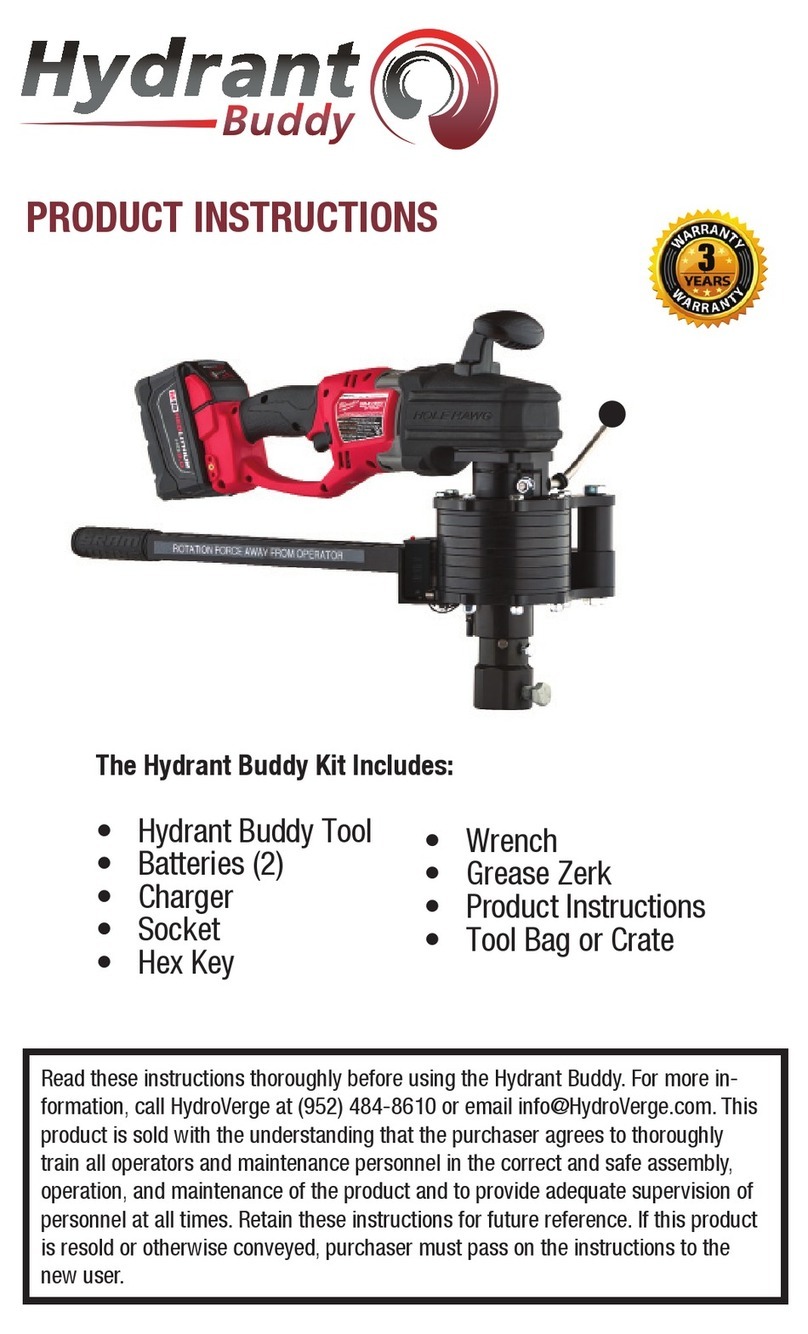
HydroVerge
HydroVerge Hydrant Buddy Product instructions

FireWare
FireWare Silver Fire Manikin user manual
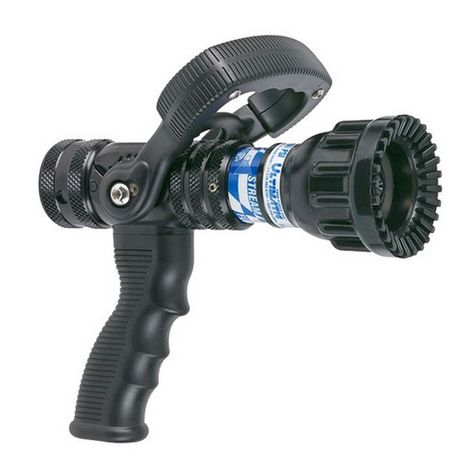
Task Force Tips
Task Force Tips Ultimatic Instructions for installation, operation and maintenance
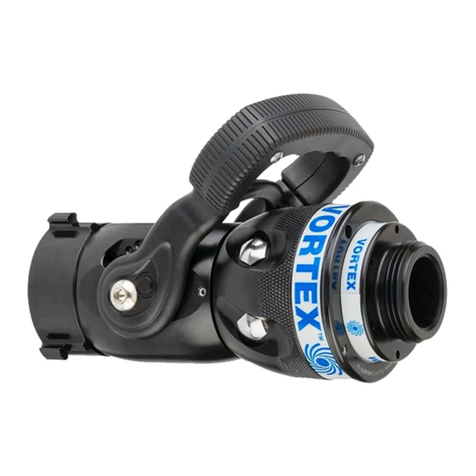
Task Force Tips
Task Force Tips Vortex 1.5" manual
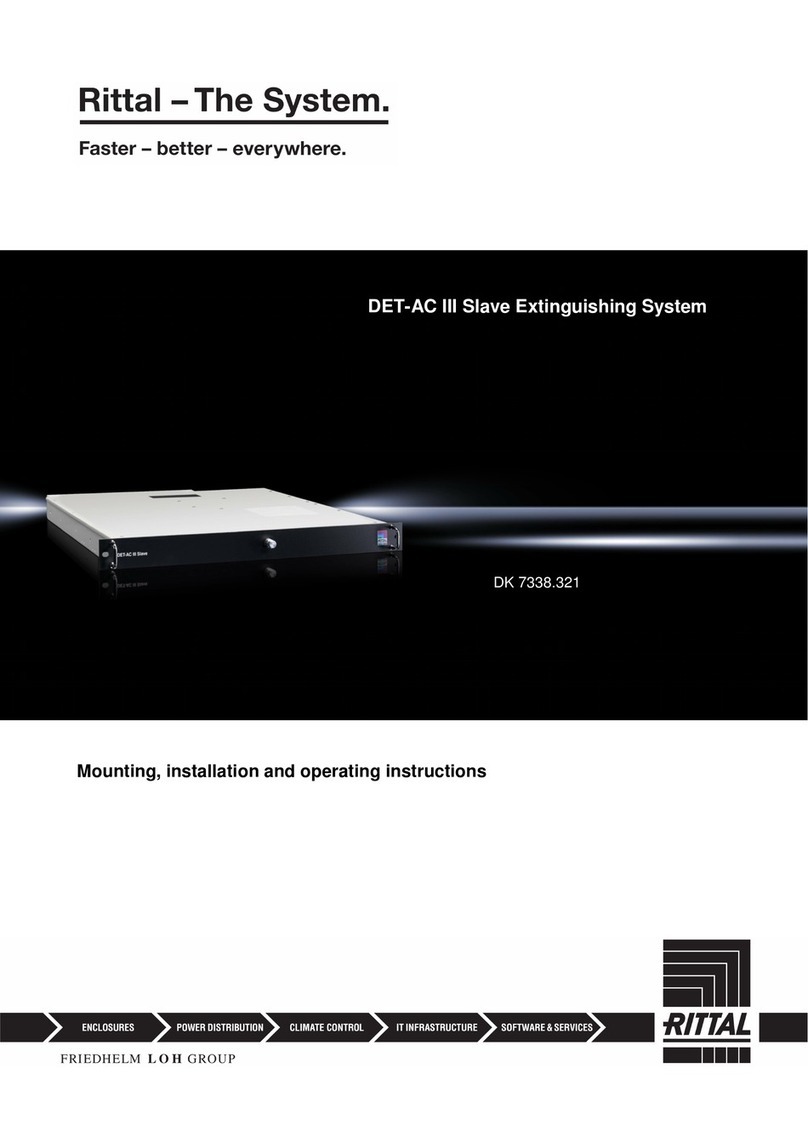
FRIEDHELM LOH
FRIEDHELM LOH RITTAL DET-AC III Slave Mounting, installation and operating instructions
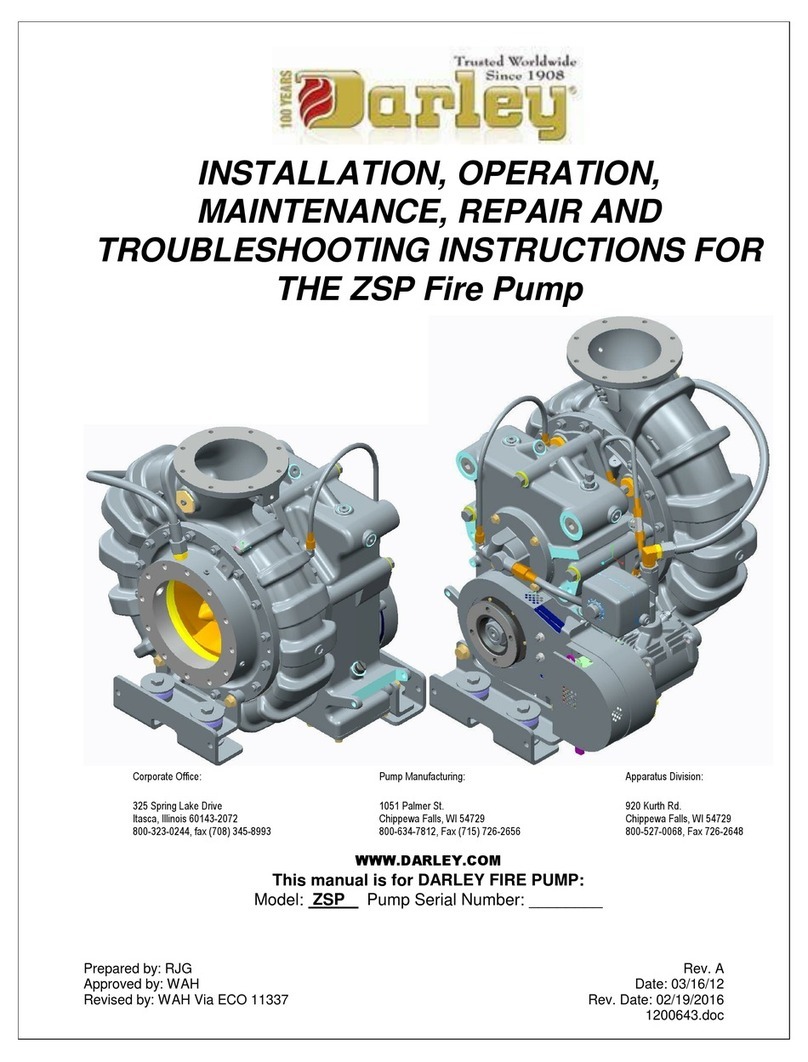
DARLEY
DARLEY ZSP NSTALLATION, OPERATION, MAINTENANCE, REPAIR AND TROUBLESHOOTING INSTRUCTIONS
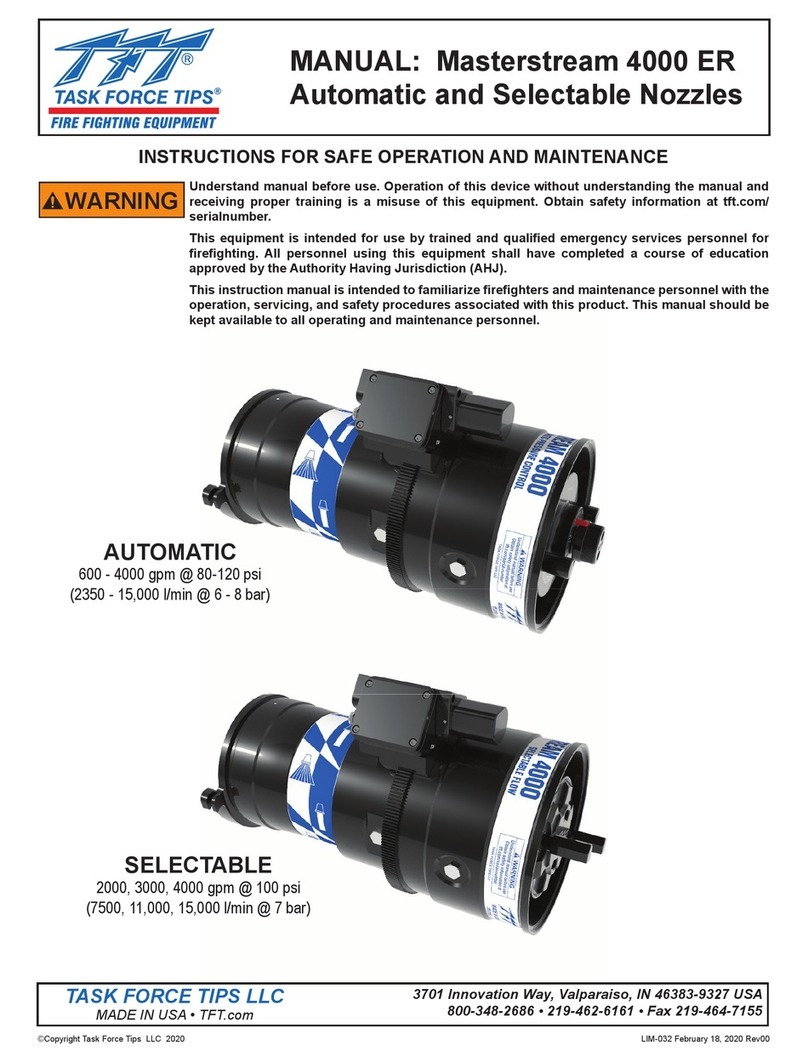
TFT
TFT Masterstream 4000 ER AUTOMATIC INSTRUCTIONS FOR SAFE OPERATION AND MAINTENANCE
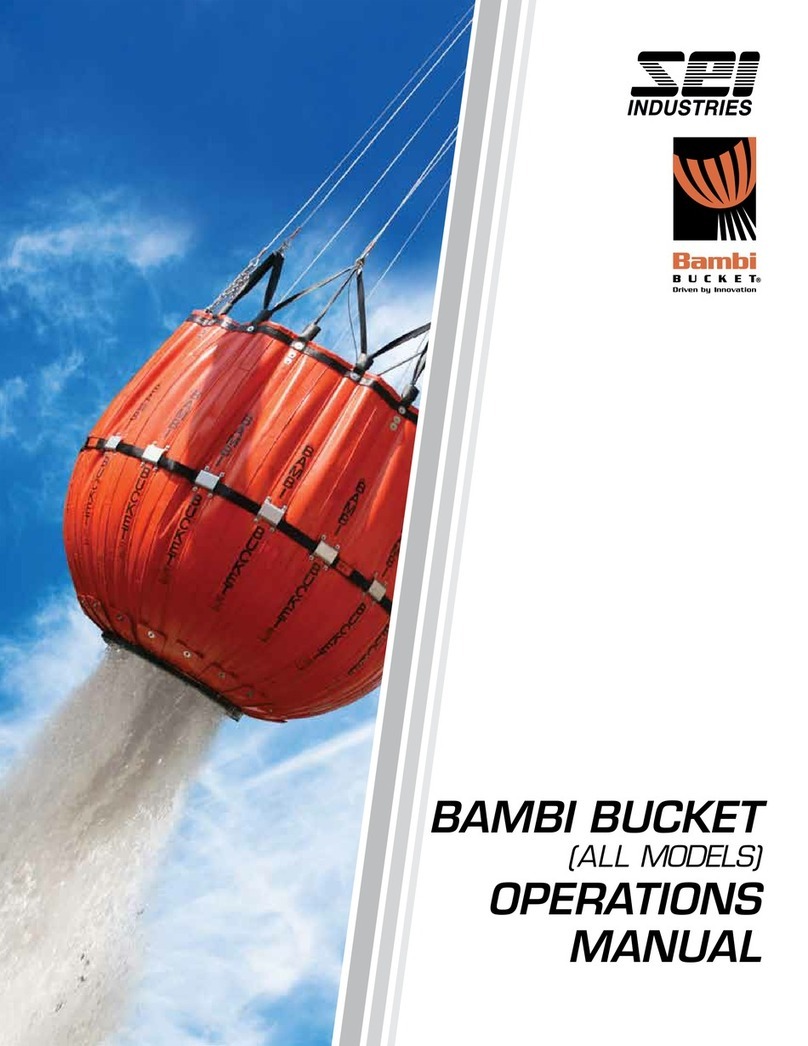
SEI Industries
SEI Industries 6072 Operation manual
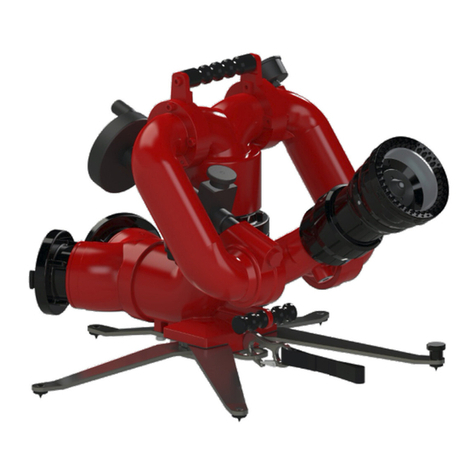
Idex
Idex AWG ALCO POWER FIGHTER instruction manual
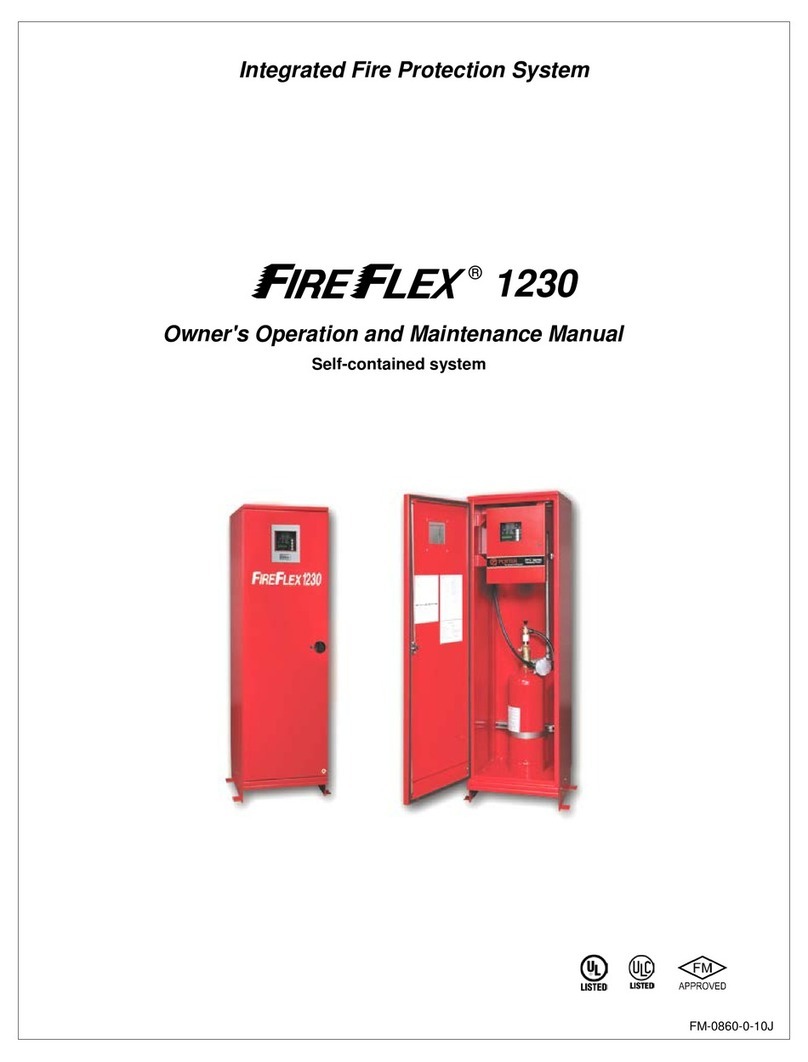
FireFlex
FireFlex 1230 Owner's operation and maintenance manual
